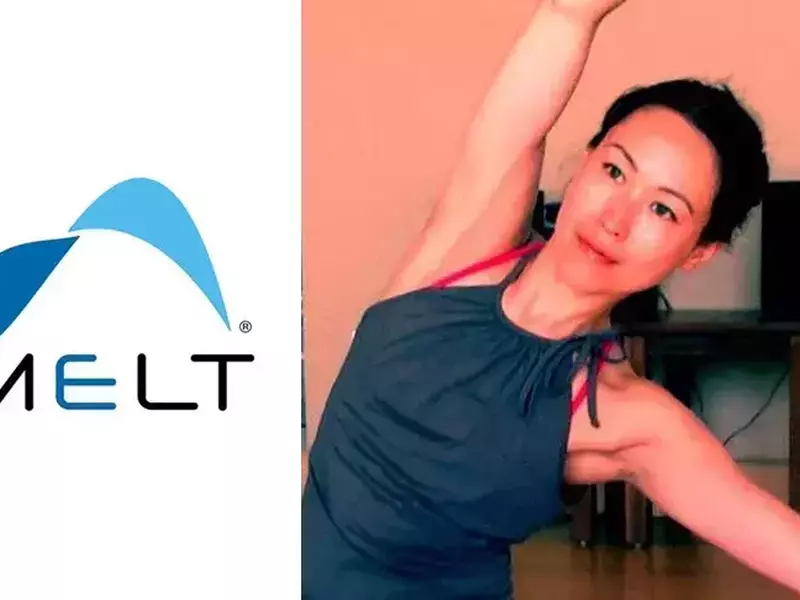
5 reasons to try the MELT method
Katie Takashima is one of London’s leading bodywork experts. She has been teaching Pilates since 2007 and incorporates a simple but powerful method into her practice called MELT.
The MELT method draws our attention to our hands and feet. These are the parts of our bodies we rely on so heavily during our waking hours, but which are largely neglected when it comes to self-care. It is designed to help people stay healthy, youthful, and active for a lifetime. Need more convincing? Katie spoke to us ahead of her next class in partnership with i-coach. Here are 5 reasons to give it a go.
1. It’s scientifically proven
MELT offers results from the very beginning. You will experience an increase in mobility after your first session.
In fact, the New Jersey Institute of Technology (NJIT) completed a study that examined the effect of MELT on people with chronic low back pain, both after one session and after four weeks.
MELT was found to reduce chronic low back pain, increase flexibility, and initiate real change in the connective tissue from the start. By contrast, the control group, which did not use the MELT method, showed no improvement at all.
Katie says many of her clients are regular “MELTers” and she has seen some remarkable changes. “For some, it could be increased mobility and/or reduced pain or stiffness in their joints, while others report better digestion or mood, and more restful sleep over time.”
2. You are likely to be more stressed than you know (and you should do something about it)
Part of the MELT method is about education. It’s not simply about performing a series of exercises. It’s about learning more about one’s own body and the systems that support it.
Katie explains, “There are many physical implications of working from home, often in environments that are not properly set up to promote a great posture. Lots of people come to me reporting tightness and stress in their bodies.”
Self-assessment before and after a session is integral to the practice of MELT. This allows us to bring our thinking-self (brain) back to our non-thinking self (the part of our body that is always working to keep us functioning without our conscious effort) and boost the overall efficiency of our body.
3. It is the perfect middle ground
Katie explains that when people think of wellness activities, they may look for meditation or restorative yoga, or more physically demanding exercises like running or HIIT, etc. “They are all valuable and have their own merits, but they may not suit everyone’s abilities and they don’t directly influence the neurofascial system (made of the connective tissue & nervous systems) to improve mental & physical aspects of our well-being.”
She adds, “MELT is also for everyone - young or old, sedentary or active. Anyone can MELT to become their own hands-off body worker by learning the art of self-care.”
4. You will find emotional benefits, as well as physical ones
The body always responds to emotions; yet Katie says many people ignore the distress signals their body sends. We have all had an emotionally demanding year, whether we’re alert to, or not.
5. You can learn online
There is no denying that an online session is different from an in-person session, but there are some unexpected benefits. You can do it at your desk during a break. It’s something we can take back into the office (whenever that happens) too.
Katie encourages people to be open-minded about taking an online class. “I have found unexpected benefits. The main one is that my students tend to be more focussed when we’re practicing online. In person is great, but I can see people’s minds wander. During online classes, I’ve noticed people’s attention is much greater. It’s either on me or their bodies. In fact, some of my students have said that once all this is over, they would like me to continue the online classes.”



